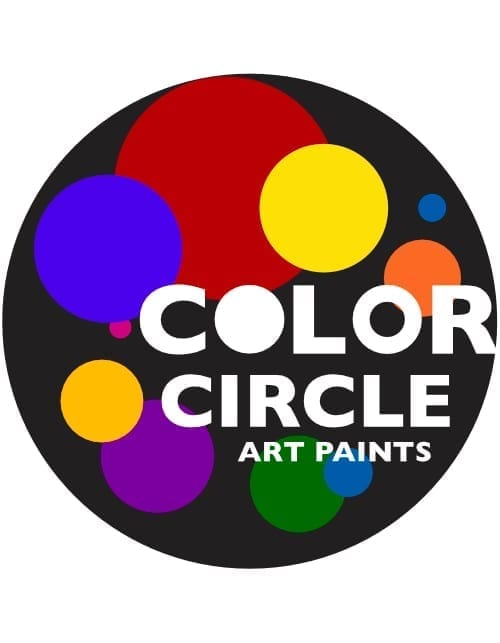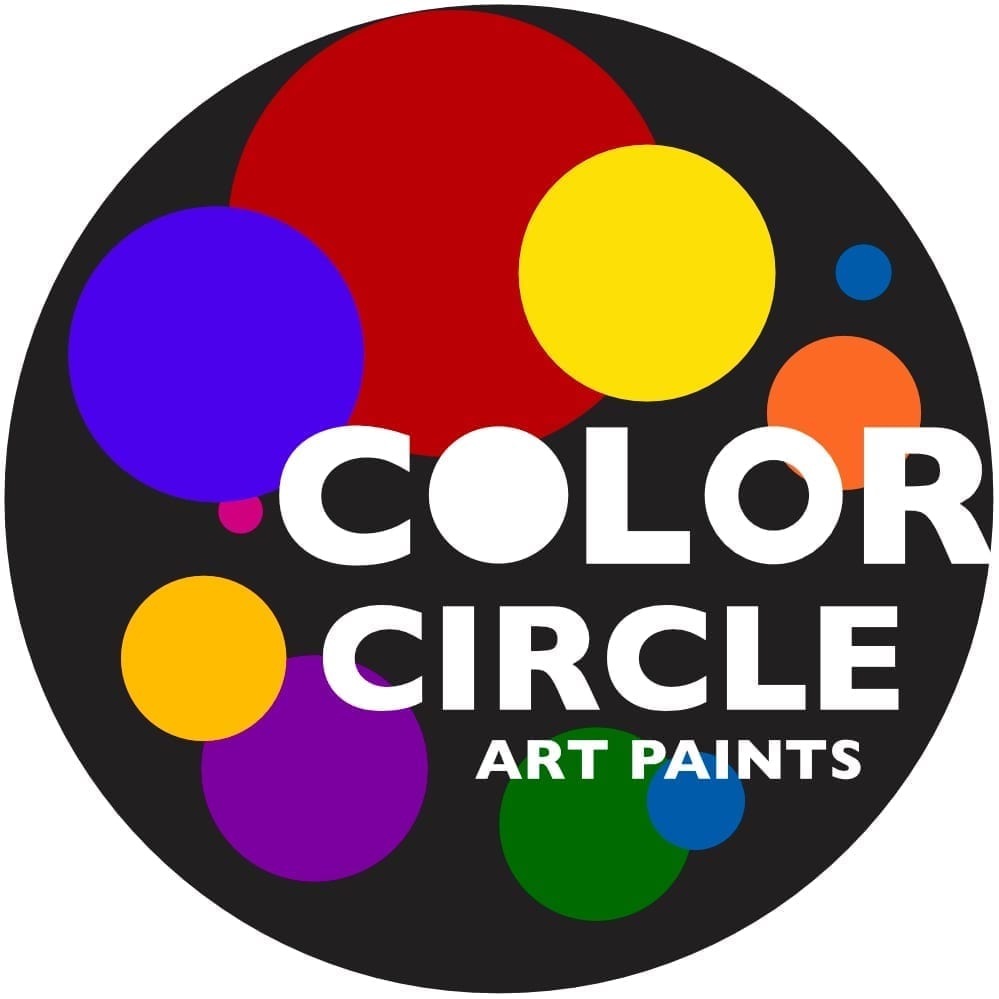Supports for paintings and other creating techniques
Most solid, grease-free, silicone-free and less flexible materials are suitable as substrates for the various design techniques with COLOR CIRCLE.
Paper & cardboard
Watercolor paper as a support for Color Circle Art Paints
All papers with as little filler as possible are suitable as painting surfaces.
Thicker papers in watercolor or acrylic painting quality are very suitable.
Do not use copy paper.
Cardboard with or without primer is also suitable.
As a primer for paper and cardboard our Acrylic Binder 1 can be uses and diluted to a greater extent as required.
Primed and unprimed wood
Untreated wood is very absorbent. This makes it possible to achieve very beautiful effects, just like wood stains – only much more colorful. It is best to use Binder 1 as a colorless primer. For opaque white primers, use diluted White Opaque 16 or any other commercially available primers, gesso, etc.
After finishing the work, a top coat is recommended, as untreated wood turns yellowish after a short time.
Canvas and jute
Without using a primer, painting surfaces made of linen, cotton or jute are very absorbent. Colors therefore appear matt.
A colorless primer, for example with diluted binder 1, reduces the absorbency.
You can also prepare the base with commercially available primers, gesso, textured materials and transparent paints.
Avoid primers containing oil or silicone.
Silicone is now widely used for exterior dispersions.
Textiles for decorations
Color Circle Art Paints adhere excellently to all textiles. However, they are not washable.
Depending on the finishing (pre-treatment) of the fabric, the colors are absorbed to a greater or lesser extent.
Fabrics that are not finished or only lightly finished will make the colors appear matt. If necessary, prime the fabrics with diluted binder (Art. 7015 Acrylic Binder 1). You can find a good example of theater backgrounds on cotton fabric that has only been finished with flame retardant in the → gallery.
Stone
Very beautiful effects can be achieved with the structures of pebbles, polished stone slabs and quarry stones using the transparent Color Circle Art Paints.
Experiment with the absorbency of the stones. This will determine whether the colors appear glossy or matt.
Metal painted with Color Circle Art Paints
Attention: Metals must be free of grease! Clean thoroughly with a grease-dissolving agent (e.g. diluted washing-up liquid).
If necessary, polish the metal surface or roughen it with an emery cloth.
Apply Color Circle Art Paints directly from the bottle and work quickly with a brush or other tools. The paint layers are quickly dissolved by the binder on all smooth surfaces. Therefore, use quick brush strokes.
Only dilute with binder! Paints thinned with water run off and adhere poorly.
Corrections can be made with alcohol.
You can use a PU varnish from a specialist retailer as a finishing coat. Test beforehand!
CD cases, Plexiglas and glass
The so-called jewel cases, crystal-clear sleeves for CDs and DVDs, can be beautifully painted inside and out.
The Color Wonder Box is based on the carrier materials of CDs and CD cases.
Endless design possibilities are waiting for you.
Children love these works of art designed in this way: Jewel cases for 2 CDs (Art. No. 7012) are available directly from the store.
Please note that you should not place CDs or CD cases directly on top of each other, as the coloring sticks together very well…
Non-suitable materials
• Display folders
• Plastics with plasticizers (i.e. highly bendable films etc.)
• Textiles for use as clothing, scarfs etc.
• Concrete walls without primers (there are no empirical values for primed concrete walls yet)
• Plaster in outdoor areas (no experience available yet)
• Substrates with oil paints
• Exterior coatings containing silicone
• Ceramic for daily use is not recommended, as the colors will wash off over time.
Please note:
The materials must not contain any plasticizers or silicone oils (partly in modern exterior dispersions!) and must be grease-free.
As our paints are not stoving enamels, glazes or engobes, you cannot fire workpieces that have been painted with COLOR CIRCLE.
Please test each material before attempting large works.
We cannot accept any liability for the respective materials, as it is usually not possible to check exactly what these materials contain.

